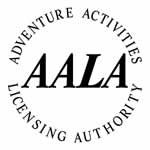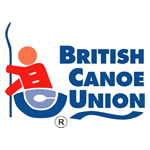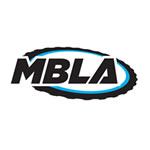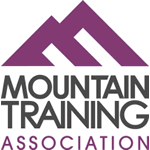At the end of March, I spent a weekend working with some 6th Form pupils from Oswestry School who were starting their training towards their Gold DofE expedition. On that occasion, there were some preparing to do their expedition by canoe, others by sea kayak and others on foot and the training covered was generic for all 3 modes of travel. This time I was just working with the walkers and one other instructor, Jason, over the course of 5 days.
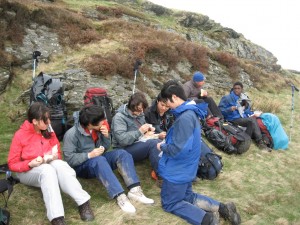
We knew that Sunday would get off to a slow start due to having lots of admin to sort, so we planned on doing a day’s walk straight out of the school grounds. Being right on the edge of town in a pretty rural area, it meant that we were still able to get into the countryside within minutes of starting. The main focus of the day was to brush up on some of the basic navigation techniques that had been covered the previous weekend. So we explored the local area using linear features such as paths, fence lines and edges of woods whilst using the skills of orientating the map, pacing and timing as we went.
This is an area that I’ve used before which certainly has it’s advantages. By knowing where the map doesn’t match the real world, it provides a fantastic opportunity to demonstrate that, although the map was probably right at the time of printing, people have a habit of changing things by knocking down fences, building houses, chopping down woods etc. This may seem obvious, but people often get confused and even lost when it doesn’t even cross their minds that the map might not be quite right. The trick is to tell when things have really changed, rather than simply convincing yourself that you know better than the map!
Monday saw us heading out into a significantly more remote area. My group took a minibus out to Lake Vyrnwy, whilst the other instructor headed to Cwm Pennant near Llangynog. With a large area of open land between the tow sites, the plan was to cross over during the day and switch buses. With a distinct lack of paths in the area, navigation had to be based on contour interpretation which, as you might expect, was the whole point of the exercise. This was a completely new world for most of the group and one that took a bit of getting used to. The conditions didn’t make things particularly easy either. After some recent rain, the going was fairly boggy under foot and, when the temperature dropped to not far short of zero and the wind picked up, there were a few unhappy faces for a while. However, it was good to see them realise that we weren’t joking about taking hats, spare gloves and extra layers to keep warm.
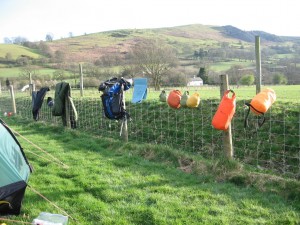
Tuesday was the first day of their practice expedition and, once again, a shock to the system for some. There is often a desire to take some of life’s luxuries, but this has a significant effect on the size and weight of your rucksack. Those with greater experience of expeditions, especially those that have to carry everything on their back, have normally learnt to strip everything down to the bare essentials in an effort to reduce weight. Having said that, there is a tradition to allow yourself one luxury item – although ‘luxury’ items are sometimes as basic as toilet paper!
Unfortunately, the weather was not much better than Monday and, with the additional weight that was being carried, some struggled to enjoy the experience. When the cloud is down and there’s no view to take your mind off things or to gauge your progress and help navigation, it can seem like an endless slog with an expedition sack on. So it was with great relief for some when we arrived at the Hendwr campsite at shortly after 7pm. One of the groups discovered that their tent had a broken pole, which caused slight alarm before we managed to sort a temporary repair and everyone tucked into the various culinary feasts they’d carried all day.
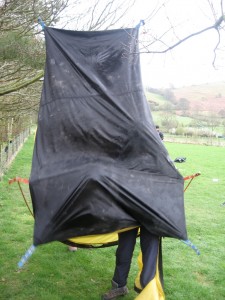
Our plan for the expedition was for us instructors to slowly withdraw, encouraging the candidates to take an increasing level of responsibility and independence. With this in mind, Jason and I warned the groups that we would be leaving at 9am whether they were ready or not. In fact, we knew from experience that striking camp always takes longer than candidates expect, so they’d be late whatever time we gave them. The hope was that we would get ahead of them and monitor them from a distance, but that they would also realise how long it actually takes to pack up camp. Even after our warnings, there were some horrified faces as Jason and I put our bags on our backs and waved goodbye!
As expected, they actually performed very well through the day. The fact that the sun was out made a big difference after the previous two days. Other than bumping into us on a couple of occasions, they worked independently and made their way across the Berwyns to Moel Fferna before dropping down to the campsite at Carrog Station for about 4pm. This gave them several hours to relax and dry out their kit in the sunshine, although some didn’t seem to have the energy or inclination to bother!
The original plan had been to do a half day’s walk on Thursday before being picked up but, realising that some candidates had planes to catch in the evening, we actually cut this short and got back to Oswestry School by about 10.30am. This gave us time to take in any kit that had been issued and start planning route cards for their assessed venture which is due to take place in the Black Mountains some time in June. Good luck.





